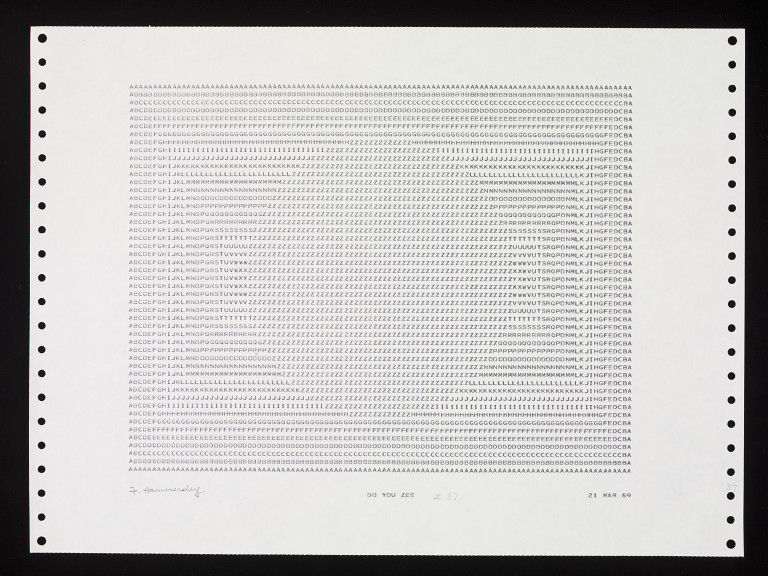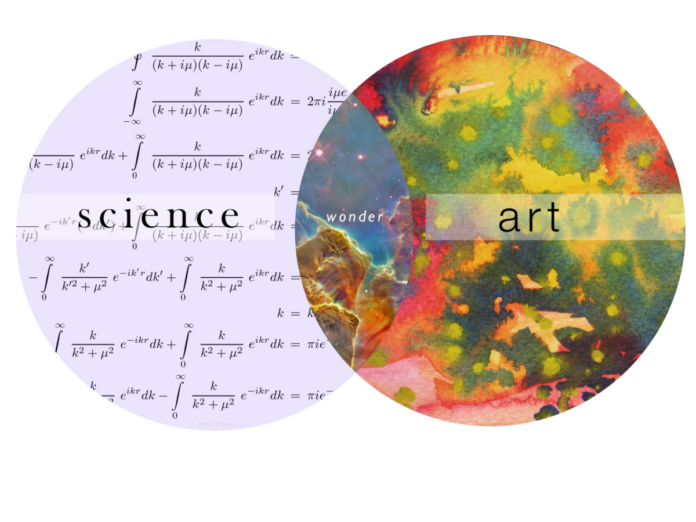Week 4: MedTech + Art
As a student majoring in biochemistry, I never relate art and science when I studied the human genome project and the human microbiome project. It is exciting to hear that medicine was considered art in the twentieth century. In the article “The Architecture of Life,” Ingber mentioned, “my studies of cell biology and also of sculpture led me to realize that the question of how living things form has less to do with chemical composition than with architecture (Ingber 1998).” So I paid attention to the models and sculpture in the reading, and I found they illustrate the intersection of art, design, and science.
 |
| Tensegrity I. Cell structure and hierarchical systems biology mentioned in the reading http://jcs.biologists.org/content/116/7/1157.figures-only |
The reading “Magnetic Resonance Imaging (MRI) as Mirror and Portrait: MRI Configurations Between Science and Arts” gives me new perspectives on what MRI is like. Before reading about this essay, I thought doctors merely focus on the images of MRI and tried to determine if there are any abnormalities. However, this essay argues the look of MRI is acoustic more than visual because it is based on the aural components of the examination, rather than on MRI images alone. More importantly, Casini argued that MRI has the capacity of being performatives because MRI images have become a portrait in so far as they can look back at the viewer (Casini 2011)
 |
| MRI Scans Can Detect Early Onset of Parkinson's http://time.com/2860630/mri-scans-can-detect-early-onset-of-parkinsons-study-finds/ |
It is fascinating to learn about how artists, like Eduardo Katz, Stelarc and Kevin Warwick tested the technology on their bodies and contribute to the advancement of medicine. For instance, Diane Gromala used visual reality used to relieve chronic pain In the lecture. Professor Vesna mentioned that Kevin instigated a series of pioneering experiments involving the neuro-surgical implantation of a device into the median nerves of his left arm to link his nervous system directly to a computer to assess the latest technology for use with the disabled. Some of Kevin’s recent research involves a collaborative project with the Oxford neurosurgeon, Prof. Tipu Aziz, using intelligent computer methods to predict the onset of Parkinsonian tremors such that they can be stopped using a deep brain implant. His implants are on display in the Science Museums in London and Naples and continue to serve as a model of advancement in biomedical engineering.
 |
| Professor Kevin Warwick has blurred the boundaries between men and machine https://www.thetimes.co.uk/article/tiny-microchip-implanted-in-the-brain-could-turn-us-into-mind-readers-5pz5tx26k97 Sources
Casini, Silvia. “Magnetic Resonance Imaging (MRI) as Mirror and Portrait: MRI Configurations Between Science and Arts.” 2011
Gromala, Diane, perf. Curative Powers of Wet, Raw Beauty. 2011. Video. 28. Apr 2019.<http://www.youtube.com/watch?feature=player_embedded&v=cRdarMz–Pw>.
Ingber, Donald E. “The Architecture of Life.” Scientific American, vol. 278, no. 1, 1998, pp. 48–57., doi:10.1038/scientificamerican0198-48.
Vesna, Victoria. “Medicine Parts 1-1.” Lecture. Web. 28. Apr 2019.
Vesna, Victoria. “Medicine Parts 1-3.” Lecture. Web. 28. Apr 2019.
|






/https://public-media.si-cdn.com/filer/4f/26/4f26b647-44da-4c52-b2ad-9e868590daee/ajwiayi.png)









